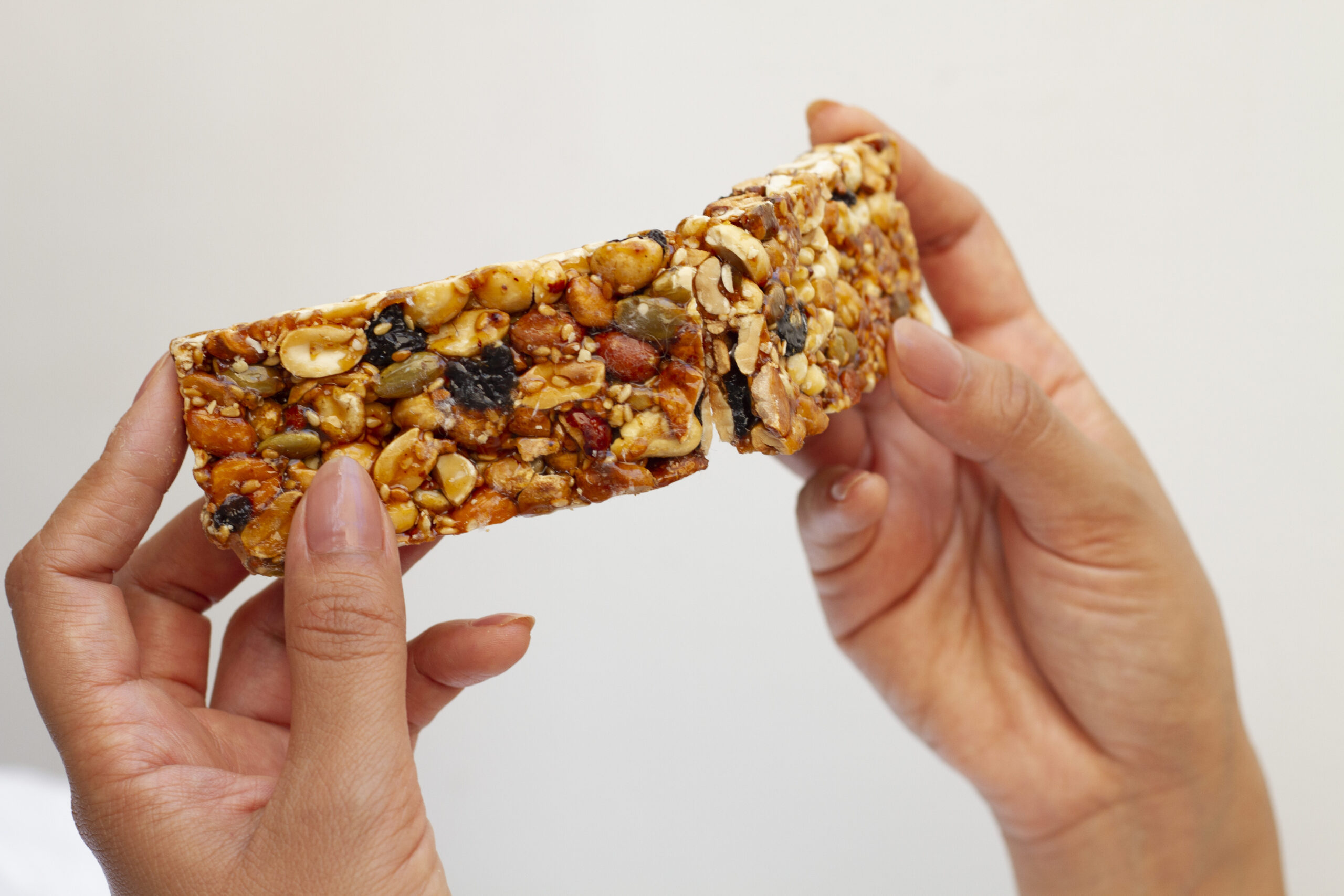Discover Little-Known Facts About Veterans Day


Protein bars have become a staple for health-conscious consumers and fitness enthusiasts seeking convenient nutrition on-the-go. With a plethora of options available, finding the healthiest protein bars can be a daunting task. These bars promise a boost in protein, but not all are created equal. Some may be loaded with sugars or unhealthy fats, making it crucial to understand what to look for when selecting the right bar for your dietary needs.
Selecting the healthiest protein bars requires more than just picking what’s popular on the shelf. Here are five troubleshooting tips for protein bars to ensure you make the best choice:

Hidden sugars are a common pitfall in many protein bars, often disguised under various names. These added sugars can undermine the health benefits of protein bars. Examples of hidden sugars in popular brands include ingredients such as agave nectar, brown rice syrup, and cane juice. When scanning labels, be vigilant for these less obvious culprits to ensure you’re not inadvertently consuming excess sugar.
The amount of protein in a bar is a critical factor in determining its health benefits. Understanding grams of protein explained in the context of your dietary goals is essential. For muscle gain, a bar with 15-20 grams of protein is ideal. For general health, a bar with 10-15 grams suffices. Consider the source of protein as well, whether it’s plant-based or derived from whey, as this can influence digestibility and nutrition.
Added sugars in protein bars can lead to spikes in blood sugar levels and contribute to weight gain. It’s important to navigate these sugars by choosing bars with natural sweeteners like stevia or monk fruit. Understanding the impact of added sugars on health can guide you in selecting bars that align with your dietary goals, particularly if you’re managing conditions like diabetes or seeking weight loss.
The debate between plant-based and whey protein bars is ongoing, with each offering distinct benefits. Plant-based protein bars are ideal for those following vegan diets or with lactose intolerance, often containing pea, soy, or brown rice protein. Whey protein bars, on the other hand, are derived from milk and are known for their complete amino acid profile, making them a popular choice for muscle recovery and growth.
Decoding nutrition labels is a crucial skill when selecting protein bars. Here is a nutrition label breakdown for 3 different bars:
Focus on the protein-to-sugar ratio, fiber content, and types of fats. Bars with high protein, low sugar, and ample fiber are typically the healthiest choices.
Flavor is a personal preference, but it can also impact the nutritional profile of a protein bar. Popular flavors like peanut butter and dark chocolate often add healthy fats and antioxidants, respectively. However, it’s essential to ensure these flavors come from natural sources rather than artificial additives. Exploring different flavor variations can keep your protein intake enjoyable and diverse.
For those focused on muscle gain, high protein options are key. Look for bars that offer 20 grams of protein or more, ideally sourced from whey or a blend of plant proteins to ensure a complete amino acid profile. These bars should also be low in sugar and high in fiber to maximize muscle recovery and growth without excess calorie intake.
While protein bars are convenient, managing saturated fat and sodium levels is crucial to maintaining heart health. Aim for bars with less than 3 grams of saturated fat and under 200 milligrams of sodium. Excessive amounts can negate the health benefits of protein bars and contribute to cardiovascular issues.
Quality protein bars can be expensive, but price shopping can help you find affordable options without compromising on nutrition. Compare brands and consider buying in bulk or during sales to reduce costs. Additionally, store brands often offer similar nutrition profiles at a lower price point.
Fiber is a crucial component of a healthy diet, aiding in digestion and helping you feel full longer. In protein bars, fiber can balance the protein and sugar content, making it a vital factor to consider. Choose bars with at least 3-5 grams of fiber to support digestive health and enhance satiety.
For those who prefer control over ingredients, homemade protein bar recipes offer a customizable option. Here are 5 homemade protein bar recipes that cater to different dietary needs:
Despite the best intentions, common mistakes when choosing protein bars can derail your health goals. Avoid selecting bars based solely on taste or marketing claims. Always verify the nutritional content and ingredient list. Another common error is not considering the bar’s role in your overall diet; ensure it complements rather than contradicts your nutritional plan.
Experts recommend focusing on protein bars that balance macronutrients effectively. Prioritize bars with high protein, low sugar, and moderate fiber content. Brands that emphasize natural ingredients and transparency in labeling are often the best choices. Consult with a nutritionist if you’re unsure which bars align with your specific health goals.